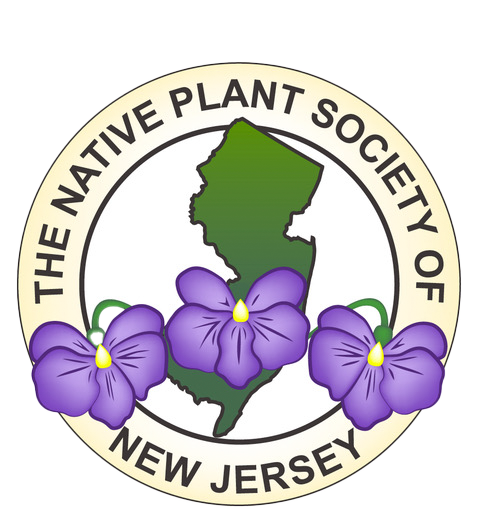The Advocacy Committee of the Native Plant Society of New Jersey (NPSNJ) has learned of an important issue that has been receiving little public attention.
What’s Happening
New Jersey towns are now required to pass ordinances governing tree removal and replacement per municipal stormwater permits (MS4).
Guidance is being relayed via a model ordinance developed by the DEP, but this guidance doesn’t address the use of natives rather than non-natives, exotics or invasives, nor how to develop a sufficiently broad list of allowed replacement species.
The Context: New DEP Requirements
The New Jersey Department of Environmental Protection (NJDEP) instituted a new requirement in November 2022 that all NJ municipalities adopt and enforce a community-wide ordinance covering tree removal and replacement, if they didn’t already have an ordinance that met the requirements. This rule is part of NJDEP’s efforts to manage stormwater runoff, particularly in the face of climate change. The tree ordinance is required as part of the permitting process for the discharge of stormwater from municipal storm sewers.
To assist municipalities in this process, the NJDEP issued a model tree replacement/removal ordinance, which is available on the NJDEP website. Unlike some of the other model ordinances, the model tree removal and replacement ordinance developed by the NJDEP is not required to be adopted as is. It was provided as a template that municipalities could use to meet the requirements of the permit. Municipalities can develop their own ordinance or use/update existing tree ordinance to meet the permit requirements.
The essence of these ordinances is that anyone who wants to remove a tree, even from private property, must replace it with a tree of a similar trunk diameter or multiple smaller trees. (The ordinance includes a locally developed list of replacement trees as Appendix A.)
The Unintended Consequences: Ordinances That Limit Tree Species
Each municipality must include this appendix listing trees that are acceptable as replacement trees, or at a minimum listing trees that are not acceptable. Lacking sufficient knowledge about ecology, many municipalities are developing extremely short lists of acceptable trees—often as few as a dozen—that do not allow for broad biodiversity and may even include trees that are not suitable for the ecoregion. In some cases the lists include exotic and invasive species.
The New Jersey Association of Planning & Zoning Administrators (NJAPZA) is providing additional information via a webinar series for planners and others who are assisting in the preparation of these ordinances. In these sessions discussion encourages biodiversity, but also focuses on non-native species often considered better at surviving urban/roadway (street tree) environments.
We thus encourage members of NPSNJ to check their municipalities’ tree removal and replacement ordinances, looking for the following concerns:
- Narrow lists of approved replacement trees. Is the list of approved replacement trees (which normally appears in an appendix) broad and inclusive enough? Does it represent the diversity of tree species that are native to your area? Does it include species for different conditions within the municipality, such as upland areas, flood zones, swampland, or dunes? Does it include exotic or invasive species that should not be allowed?
- Considerations to allow removal of invasive species. The model ordinance regulates the removal of all trees. Does your town’s ordinance have any special consideration for removing invasive species of trees? One simple solution is for the ordinance to allow for invasive species to be removed, without restriction.
- Size considerations for planting tap-rooted replacement trees. The ordinances will require that removed trees be replaced with trees of a similar caliper or by multiple trees of smaller caliper. However, many oaks, and other trees that grow a tap root, will be healthier and grow faster if they are planted when very small. Exceptions should be made to allow for the size of replacement trees to be small when planting tap-rooted trees. Consideration could also be given to providing credit for trees planted during a period of time prior to removal in anticipation of future tree loss.
If your town’s tree removal and replacement ordinance is lacking, we encourage you to contact your local officials to ask them to amend it.
Listed below are resources to help identify appropriate trees for your municipality or ecoregion:
- Lists of trees native to New Jersey counties can be found on the Native Plant Society of New Jersey website.
- A list of invasive trees that should not be planted can be found on the New Jersey Invasive Species Strike Team website.
- The cooperative extension for your county can provide additional helpful information.
The due date for towns to adopt these ordinances was recently extended to May 1, 2024. Many towns have already completed the process, but ordinances can be amended at any time. And of course, if your town has not yet finalized its ordinance, you can provide input to help them get it right the first time.
Learn more! The New Jersey Association of Planning & Zoning Administrators (NJAPZA) has organized a series of three free webinars on the tree ordinances. The recordings of session one can be found here:
Session One recording (password: Session#1)
Session Two recording (password: Session#2)
